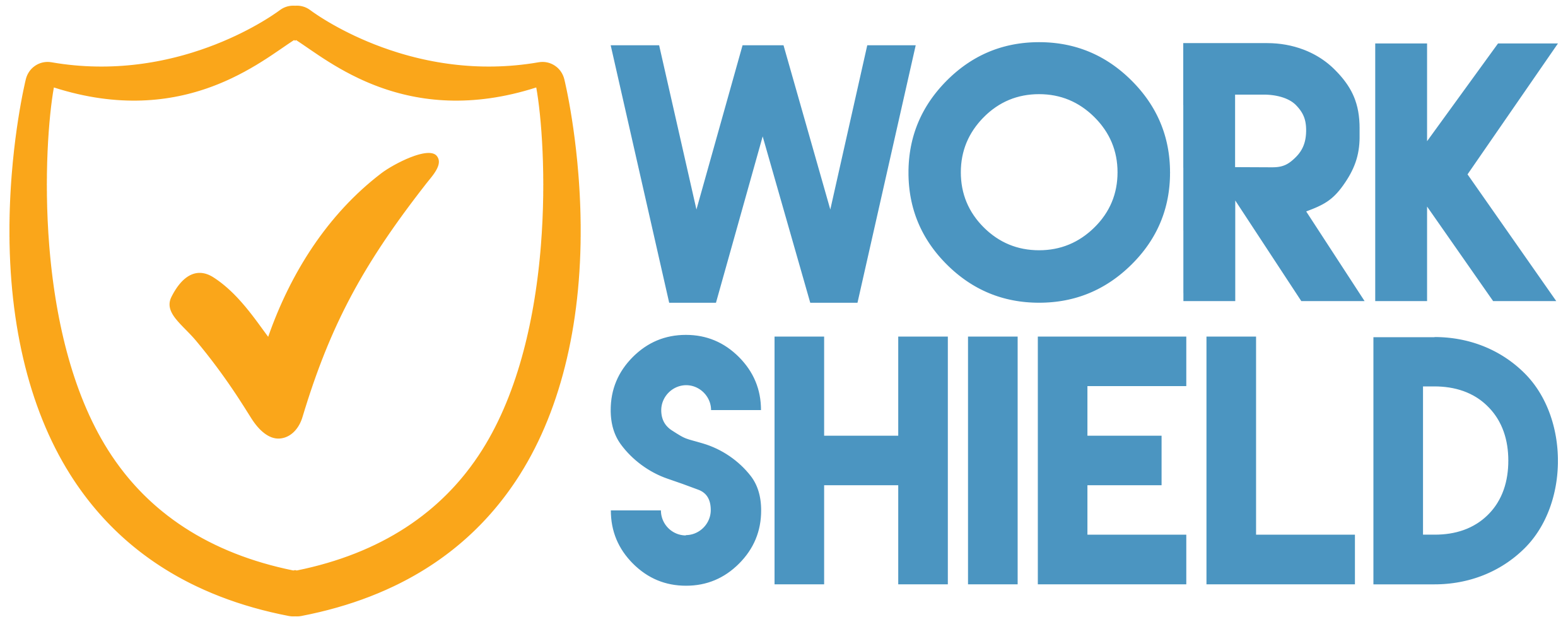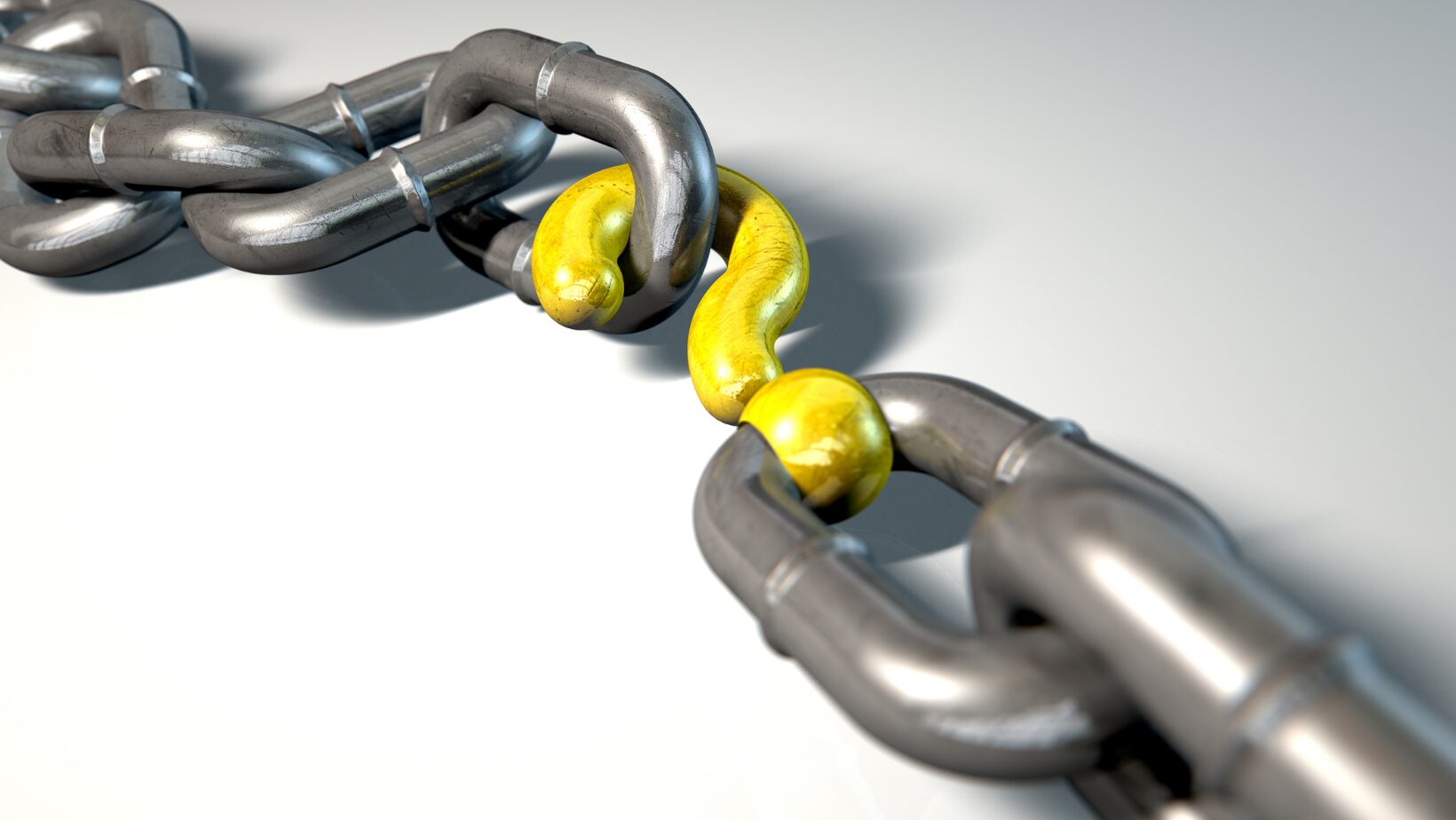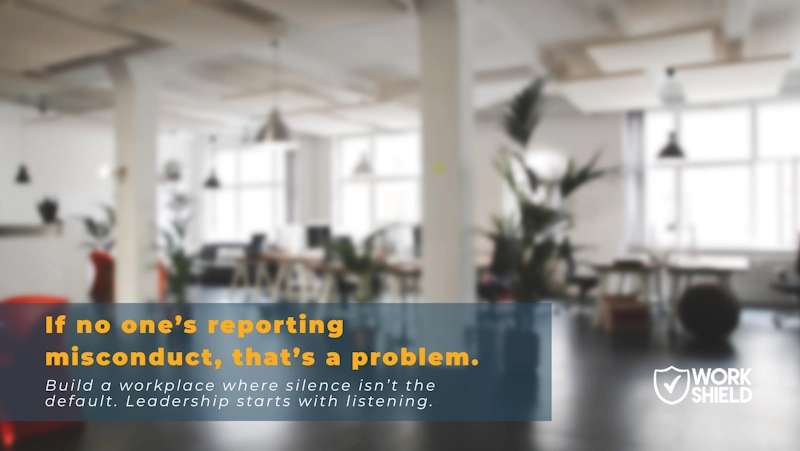Reputational risk can blindside businesses and cause severe impact to the organization’s bottom line. To reduce this, employers should take preventative measures to manage risk appropriately, protecting and preserving their reputation. On this week’s blog, we’re outlining everything you need to know about reputational risk, including the definition, examples and solutions to mitigate it.
Definition
Reputational risk is defined as a threat or danger to the good name or standing of a business. It can occur in a variety of ways and negatively impact businesses no matter the size or structure.
Reputational risk can happen directly as a result of the actions of the organization or indirectly due to the actions of the employees or a third party. Reputational risk is highly unpredictable, and in some cases, uncontrollable. Thus, it is important for businesses to be aware of their current reputation and have a system in place for monitoring both internally and externally. An organization facing risk to their reputation can be costly, as reputation affects their ability to do business in the marketplace, appeal to new customers, drive revenue and decrease overall performance – activities that are essential for its success and survival.
Examples
Instances that cause risk to an organization’s reputation can be a difficult and expensive problem to manage, as it is often hidden and erupts with little warning. According to the World Economic Forum, on average more than 25% of an organization’s market value is directly attributable to its reputation, therefore, it is essential for companies to be aware of the avenues where reputational risk can occur and the impact of them from the top down.
Employees can play a large part in an organization’s reputation, as they are a direct reflection of the organization’s workplace culture and advocates of the organization to the outside world. Employees have the power to influence an organization’s reputation through their actions and behaviors whether on or off the clock. Potential sources that could lead to reputational risk include poor working conditions, such as unfair or unsafe environments, a toxic workplace culture, workplace harassment, discrimination in the workplace or an unethical handling of a workplace incident that impacts the employees overall experience, creating a hostile work environment or attitude towards their employer.
With the rise of new technologies, including social media, it is more important than ever for businesses to focus on managing their reputational risk. While social media has become a popular tool for companies to connect with their customers, build rapport and offer a window of transparency, employers and employees must be aware that the reputational risk associated with social media can be detrimental. Examples of social media leading to reputational risk include the loss of sensitive data, compliance violations, financial disclosure, brand hijacking and poor management of social media forums such as lack of participation or inappropriate banter with customers.
Those in a leadership position for their employer can play a major role in the organization’s reputation. Studies have shown executives attribute 45% of their organization’s reputation to the CEO’s reputation, meaning if a organization’s Chief Executive Officer has a negative reputation, the organization could as well. It is a challenge to separate the reputation of the CEO from their organization. Even after a CEO or other employee in a leadership role leaves the organization or is forced to depart, the reputational risk associated with poor leadership can long after impact the organization overall reputation. Because the reputation of those in leadership roles hold influential value, it is difficult and costly to influence a positive change in reputation once it is tarnished, and it can negatively affect revenue flow, investments, and shareholder value.
Negative publicity can also cause reputational risk. This can generate from organization-wide layoffs, lawsuits, scandals, or anything that can lead to an unfavorable search result of the organization. News of large, organization-wide layoffs have been proven to decrease outsiders’ perceptions of the organization, negatively impact future prospects and ultimately cause a risk to the organization’s reputation. The last year alone has brought about an entirely new set of challenges to reputational risk, as organizations faced large layoffs, furloughs and increased scrutiny amid the COVID-19 pandemic. Organizations Can assess their reputation in the media through media analysis, surveys and public opinion polls to further gauge their reputation in the media, as the media shape the perceptions and expectations of all stakeholders.
Solutions
An organization’s reputation holds real value, making it essential for companies to reduce risk and protect their reputation to set them up for future success. There are several ways companies can manage their reputation. First, it is important for organizations to frequently assess their reputation in order to stay updated and aware of any negative perceptions caused directly or indirectly. By monitoring their reputation, businesses can create and revise practical frameworks to establish a positive reputation and further protect themselves. Communication is key as companies evaluate their reputations. It is important to have clear expectations for employees and stakeholders to more effectively tackle problems as they arise and implement systems for preventing future problems from occurring that could lead to reputational risk.
With the world’s perceptions and beliefs evolving and changing every day, it is becoming increasingly important for companies to be constantly aware of their reputation. By becoming more transparent and socially and environmentally responsible, companies can more effectively boost their reputation in society and protect themselves from reputational risks.
Work Shield is helping companies make a positive impact by providing tools necessary for mitigating risk. Through Work Shield’s safe, secure harassment and discrimination reporting system, organization leaders can have peace of mind that their employees and reputations will be protected. By managing risk and eliminating exposure detrimental to an organization’s reputation, companies can remain competitive in their space, attract top talent and embrace today’s evolving workforce.
About Travis Foster
Travis heads up Work Shield’s legal department and is known to be something of a jack of all trades – he is an experienced entrepreneur, as well as an attorney with a mechanical engineering background who designed and managed projects in both the energy and public utilities industries. Travis also contributes his wealth of capital knowledge and growth strategies for businesses to the Work Shield team.
Follow him on LinkedIn.





